Learning and Behavior 7th Edition by James E. Mazur – Test Bank
CHAPTER 3
BASIC PRINCIPLES OF CLASSICAL CONDITIONING
1. In classical conditioning, the stimulus that initially elicits no response is the
a. CSc. US
b. CRd. UR
Page(s): 49-50Type: factual
Answer: a
2. In salivary conditioning, salivation is
a. the unconditioned response
b. the conditioned response
c. both a and b
d. neither a nor b
Page(s): 49-50Type: factual
Answer: c
3. In a conditioned suppression procedure, the indication that a subject has associated CS and US is
a. an increase in responding when the CS comes on
b. a decrease in responding when the CS comes on
c. an increase in responding when the US comes on
d. a decrease in responding when the US comes on
Page(s): 51Type: factual
Answer: b
4. To measure the amount of conditioning in the conditioned suppression procedure, the rat’s response rate in the presence of the CS is compared to
a. the rat’s response rate just before the CS is presented
b. the rat’s response rate in the presence of the US
c. the rat’s response rate just after the CS is presented
d. the response rate of a control subject that is not presented with the CS
Page(s): 51Type: factual
Answer: a
5. In eyeblink conditioning, a puff of air to the eye is the
a. CSc. US
b. CRd. UR
Page(s): 50-51Type: factual
Answer: c
6. In taste-aversion learning, a novel taste is often used as the
a. CSc. US
b. CRd. UR
Page(s): 52Type: factual
Answer: a
7. Classical conditioning using the skin conductance response is usually done with
a. rabbitsc. monkeys
b. ratsd. humans
Page(s): 51-52Type: factual
Answer: d
8. A problem with stimulus substitution theory is that
a. the CR sometimes has components that the UR does not
b. the UR sometimes has components that the CR does not
c. both a and b
d. neither a nor b
Page(s): 52-53Type: conceptual
Answer: c
9. In salivary conditioning, dogs will often orient toward the CS. This phenomenon is
a. evidence against a strict interpretation of stimulus substitution theory
b. evidence supporting a strict interpretation of stimulus substitution theory
c. only observed after many conditioning trials
d. evidence for SS associations
Page(s): 53Type: conceptual
Answer: a
10. Experiments on US devaluation and US revaluation suggest that _____ associations are formed in typical classical conditioning with a CS and US.
a. context-US
b. context-CS
c. S-S
d. S-R
Page(s): 54-55Type: factual
Answer: c
11. In classical conditioning, the intensity of the US affects
a. the rate of acquisition
b. the asymptote of conditioning
c. both a and b
d. neither a nor b
Page(s): 56Type: factual
Answer: c



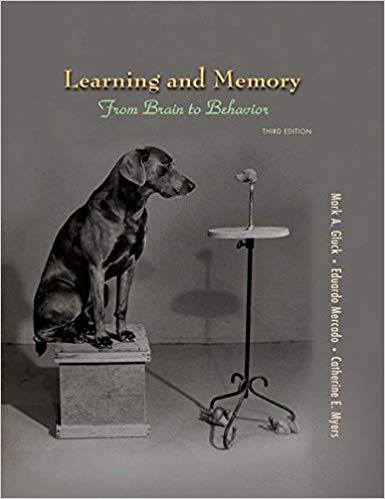


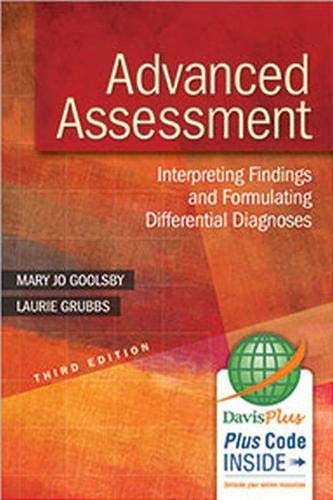

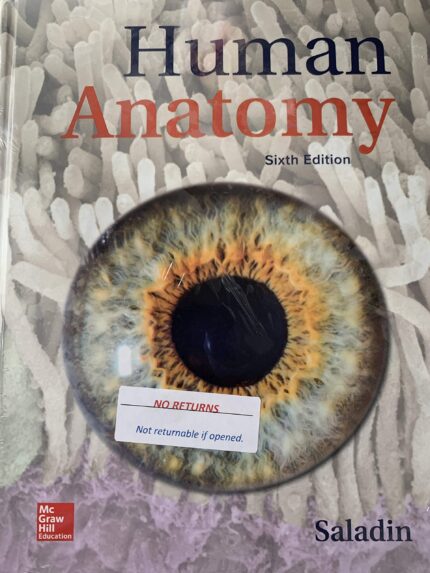
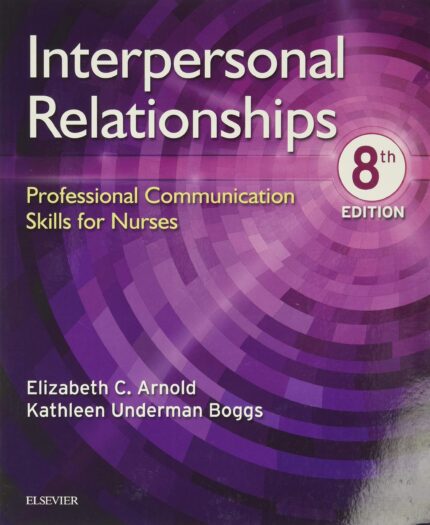



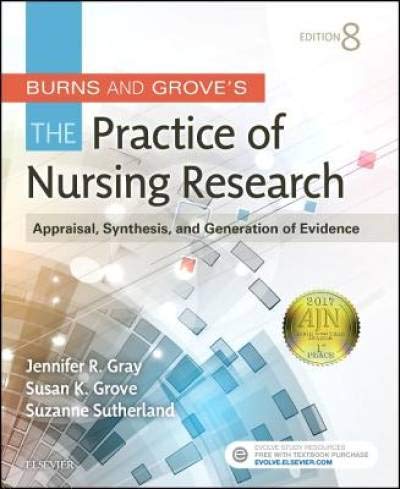
Reviews
There are no reviews yet.